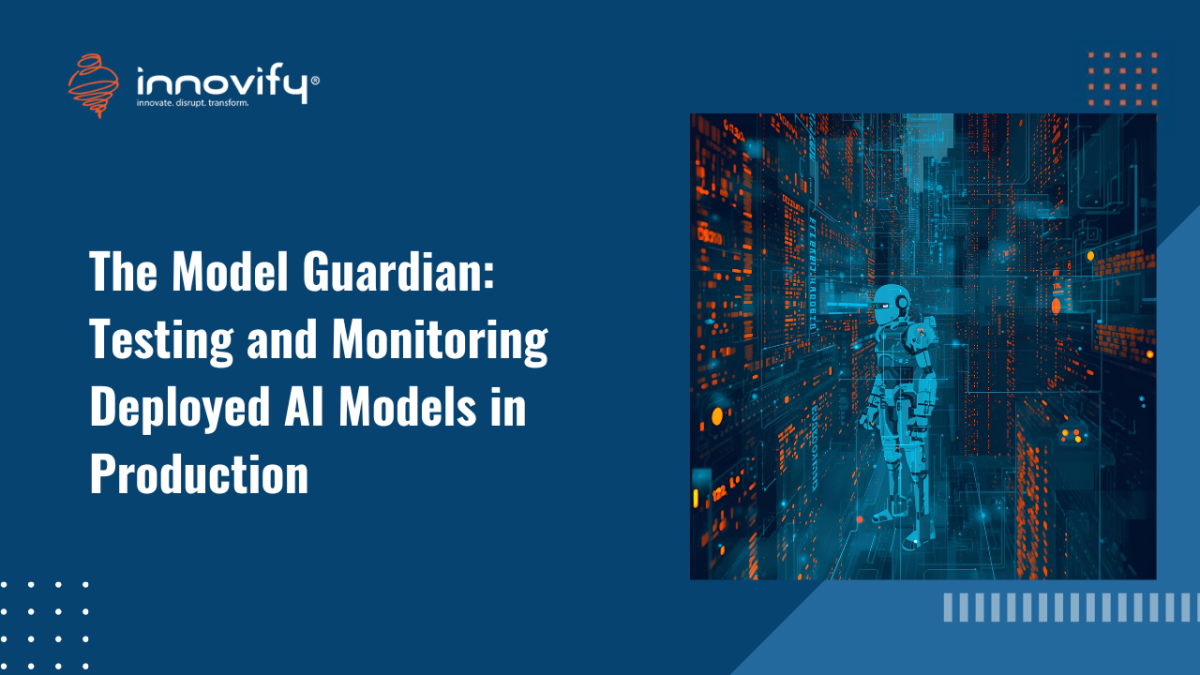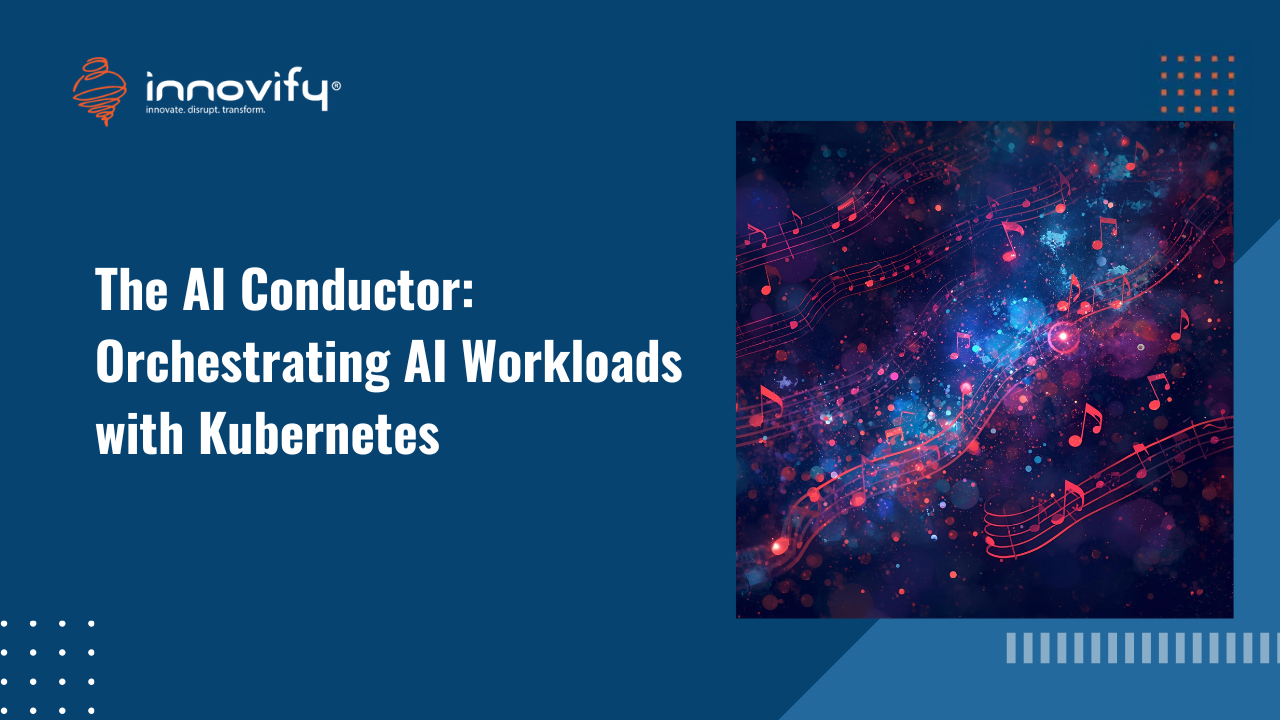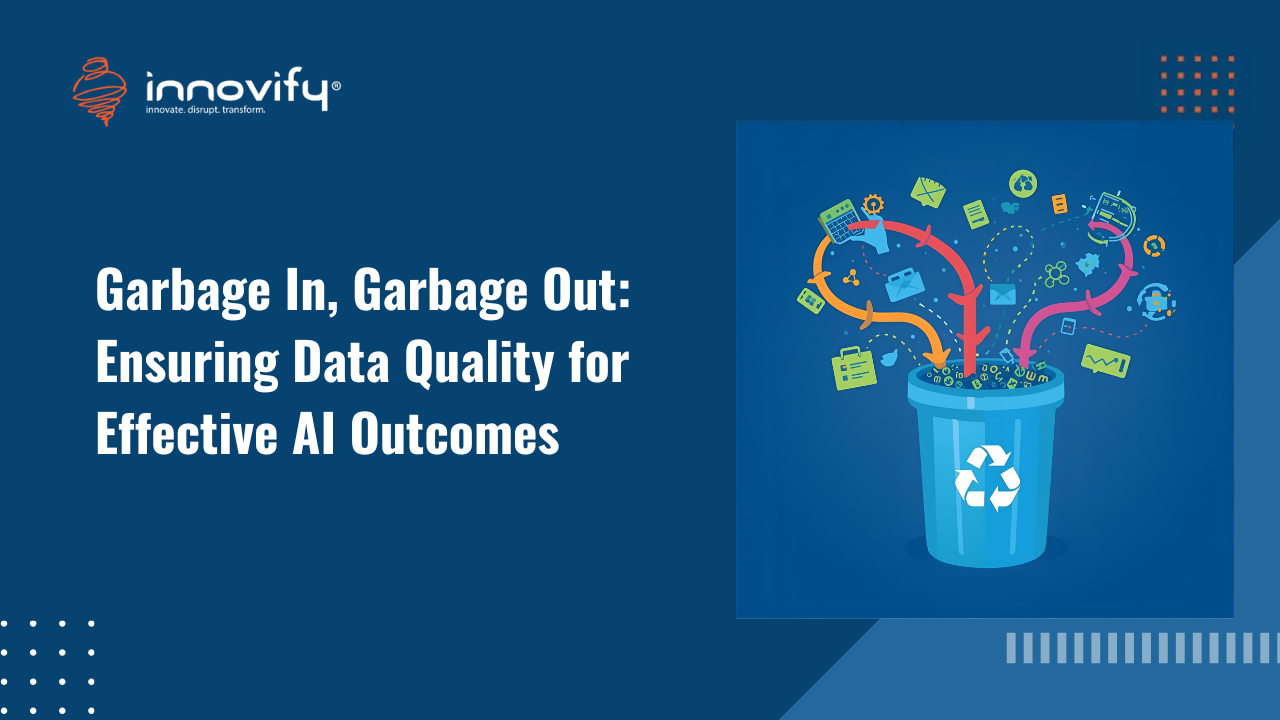AI/ML
The Model Guardian: Testing and Monitoring Deployed AI Models in Production
Testing and monitoring deployed AI models in production
The lifecycle of an AI model does not end at deployment; it is only just beginning. Unlike traditional software, which fails predictably when a piece of code breaks, an Artificial Intelligence (AI) model can fail silently – its code may run perfectly, yet its predictive accuracy degrades over time. This slow, insidious performance degradation can lead to significant financial loss, flawed business decisions, legal non-compliance, or compromised user experience without triggering a single system alert. Therefore, testing and monitoring deployed AI models in production is a non-negotiable, critical function of ModelOps and is the only way to ensure the model remains reliable, fair, and effective over its operational lifespan.
The Unique Failure Modes of AI Systems
Monitoring AI models must address three distinct and often related failure modes that are unique to machine learning systems, which traditional application performance monitoring (APM) tools cannot detect.
1. Data Drift and Training-Serving Skew
The environment in which a model operates is constantly changing, causing its core input data to diverge from what it was trained on.
- Data Drift: This is when the statistical properties of the incoming live data (the features/inputs) change significantly over time compared to the data the model was trained on. This is usually due to external, real-world events – e.g., an economic recession changing spending patterns, a new competitor altering market dynamics, or a pandemic shifting user behavior. The model, which has never seen these new patterns, begins to make less accurate predictions. Monitoring systems must continuously calculate the distance between the production data distribution and the baseline training data distribution for every feature and trigger a drift alert when a statistical threshold is crossed.
- Training-Serving Skew (The Silent Killer): This is one of the most common and difficult-to-detect failures. It occurs when the feature engineering pipeline used to process data for training the model is slightly different from the pipeline used to process data for real-time predictions (serving). Even a minor difference – like a change in a calculation function or a different way of handling missing values – can cause the prediction of quality to drop severely, all while the model code is executing without error. The only solution is to monitor the feature values across both environments to ensure consistency, ideally via a centralized Feature Store.
2. Concept Drift and Model Obsolescence
This is a deeper, more fundamental problem than data drift, and it means the model is simply obsolete.
- Concept Drift: This occurs when the underlying relationship between the input data and the target variable changes over time. For example, a model trained to predict credit card fraud might initially consider a purchase of under $100 at a gas station safe. However, a new criminal syndicate may start executing high-volume, low-value fraudulent transactions at gas stations. The concept of fraud has changed, and the model’s learned logic is no longer aligned with the new real-world truth.
- Performance Monitoring Against Ground Truth: To detect concept drift, monitoring systems must continuously measure the model’s true performance (e.g., accuracy, precision, F1-score) by comparing predictions against the actual outcome (ground truth) once it becomes available (e.g., confirming if a customer actually churned 30 days later, or if a transaction was later confirmed as fraudulent). The system must track these performance metrics over sliding time windows and trigger alerts when the performance significantly degrades.
Key Practices for Production Monitoring (ModelOps)
Effective testing and monitoring deployed AI models in production requires integrating specialized MLOps tooling into the existing IT infrastructure.
3. Continuous Testing and Bias Detection
- Shadow and Canary Deployments: Before routing all live traffic to a new model version, MLOps practice dictates using Shadow Deployment (running the new model alongside the old one on a small portion of live traffic, comparing results without affecting users) or Canary Deployment (routing a small, temporary percentage of traffic to the new model). This live, low risk testing catches integration bugs and unforeseen performance issues.
- Fairness and Bias Monitoring: Beyond traditional metrics, every production model must be continuously checked for bias creep. This involves monitoring the model’s key error rates (false positives, false negatives) across different sensitive sub-segments (e.g., race, gender, age, geography) to ensure equitable outcomes and prevent discrimination. Alerts must be triggered if the error rate for a protected class exceeds a defined threshold, ensuring compliance with fairness regulations.
4. Automated Retraining and Rollback
- Monitoring-Driven Retraining Triggers: The monitoring system must be tied to the automated retraining pipeline. When a critical alert for data drift or concept drift is triggered, the system should automatically alert a model champion to review the situation and potentially initiate an automated retraining process using the latest data. This closes the MLOps loop.
- Model Versioning and Instant Rollback: Every deployed model version must be associated with the specific code, training data, and hyperparameter configuration used to create it (full lineage). If monitoring detects a catastrophic failure, the MLOps platform must allow for an instant, safe rollback to the previous stable, known-good version, minimizing the window of risk.
By establishing the Model Guardian – a comprehensive system for continuous testing and monitoring – organizations ensure that their investment in AI delivers reliable, compliant, and high-quality predictions over its entire operational lifetime.
Ready to implement robust ModelOps and monitoring for your AI models? Book a call with Innovify today.




